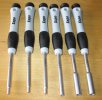Martin Shaw
Western Thunderer
I posted a pic or two the other week of an IoM train circulating on my patio. Sometimes Accucraft in their desire to make an as accurate model as possible fall foul of full size hands and the whistle is a case in point. There is just in front of the cab a manifold on which the steam valves for the injectors are mounted and in between them is a whistle which is a brass casting which is screwed into the mounting plate by an M2 thread, and two bent brass rods purporting to be steam pipes. These need to be removed to take the boiler out and needed replaced, the whistle is prone to being caught, rags, hands whatever and because sections of the casting were so thin it bent are after sufficient straightenings had been made the inevitable happened and it snapped. I made a couple of new ones threaded 8BA and I have a poll for the preferred replacement, please vote for your choice and in due course a pic of the whole shebang will be forthcoming.
Thanks
Martin
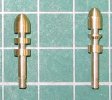
Thanks
Martin


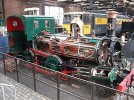
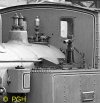
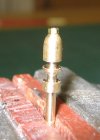
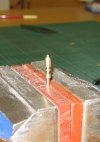
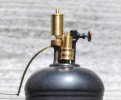
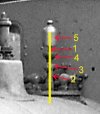
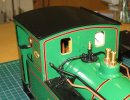
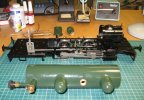
 - out of expensive bits of kit for the best part of 40 years)
- out of expensive bits of kit for the best part of 40 years)